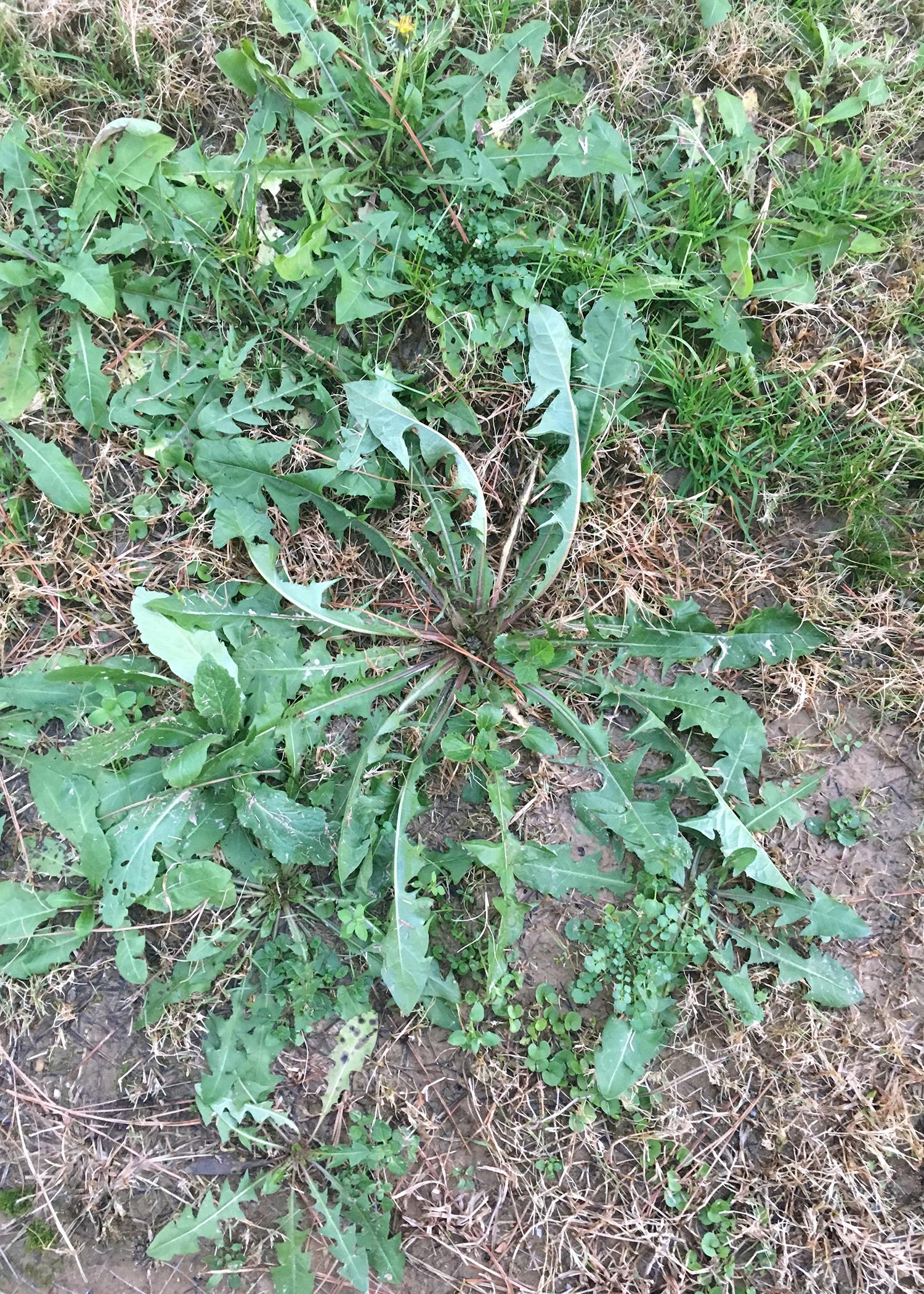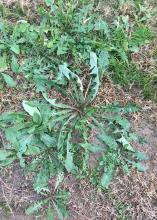Information Possibly Outdated
The information presented on this page was originally released on February 5, 2016. It may not be outdated, but please search our site for more current information. If you plan to quote or reference this information in a publication, please check with the Extension specialist or author before proceeding.
Get in front of lawn weed issues before spring
STARKVILLE, Miss. -- Spring is still several weeks away, but now is a good time to prevent unsightly weeds from invading home lawns when the weather warms up.
A common weed control method during late winter and early spring is the use of herbicides. Preemergence herbicides are sprays or granular formulas -- many of which also include fertilizer -- that can be used to kill weeds before they start to grow. Postemergence herbicides are best for use on weeds not controlled by the preemergence treatment.
John Byrd, weed specialist with the Mississippi State University Extension Service, said it is best to apply herbicides in southern Mississippi in mid-February to get a head start on weed control. In central Mississippi, applications should come before March 1. North Mississippi residents should spray in mid-March.
“We use these dates as general guidelines because most homeowners do not closely monitor soil temperatures,” Byrd said. “Spring preemergence herbicide treatments need to be applied before crabgrass seed start to germinate. This occurs when soil temperatures typically reach 55 degrees in the top inch of topsoil. Ideally, it is best to monitor soil temperature and make the application date based on those conditions.”
Applying a preemergence herbicide and watering it into the soil early in the year prevents weed seed germination. Many professional turfgrass managers prefer to split the application by applying half of the recommended rate by March 1 and the other half in early May to provide a higher level of control from the most troublesome weeds.”
Many of the postemergence products marketed for homeowner applications contain 2,4-D, dicamba and either MCPA or MCPP.
“Many brand names are available at lawn and garden centers, but the concentration of ingredients in each product varies by brand,” Byrd said. “Tolerance to these products is not the same for all types of turf. Know what type grass you have in your yard so you can purchase a product that is safe to use on your turfgrass. Apply herbicides before grasses begin to green up for summer growth.”
Herbicides are designed to kill plants. Without a thorough knowledge of plant identification and herbicide activity on various plants, properly applying the chemicals to control weeds in a garden or flowerbed can be challenging. Herbicides labeled for use on lawns and flowerbeds should never be applied in home vegetable gardens unless they are also labeled for use on vegetables.
Homeowners are sometimes concerned about damaging nearby flowers while treating lawn weeds. However, there are ways to spare the flowers or vegetable plants while taking steps to prevent constant weed pulling throughout the spring and summer.
“If you can pick a day where there is little to no wind and spray as close to the problem areas as possible, you can avoid killing what you are trying to grow,” said Lincoln County Extension Coordinator Rebecca Bates. “If I need to be especially careful, I wear gloves, dip a sponge into the mixture and then rub the sponge on the weeds to prevent the herbicide from touching anything else.”
Bates suggested scanning the yard and checking for uneven and bare spots, as thinning areas are ripe for weed growth.
“To fix a lawn weed problem, you need to become a lawn detective. Compaction problems as well as improper fertility and mowing practices can encourage more weed growth,” she said. “Adjust your mowing height depending on what kind of grass you have. The rule of thumb is the height needs to be higher if the grass is coarse. For fine texture grasses, set the height low.
“If you’re not familiar with the kind of grass and weeds you have, take pictures and bring them to your local Extension office,” Bates added. “You can also ask an Extension agent for soil sample boxes and instructions for sample collection.”
For more information on weed control and lawn management, visit http://bit.ly/1P5logk and http://bit.ly/1VK9p9N.




